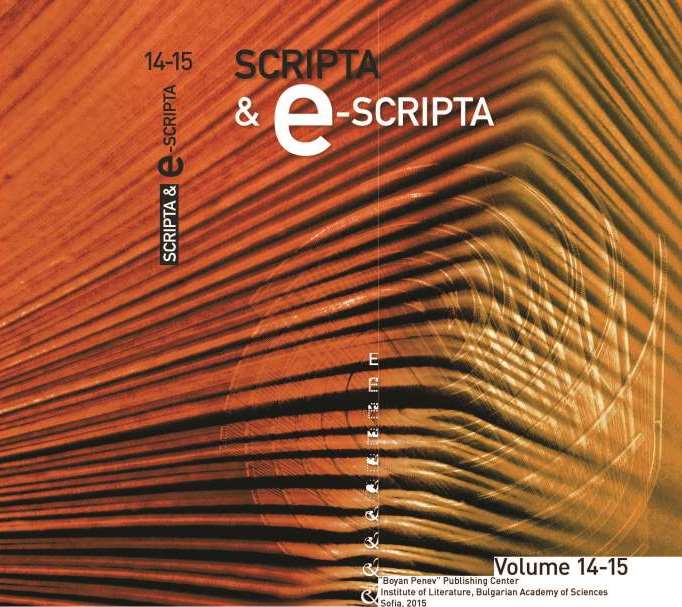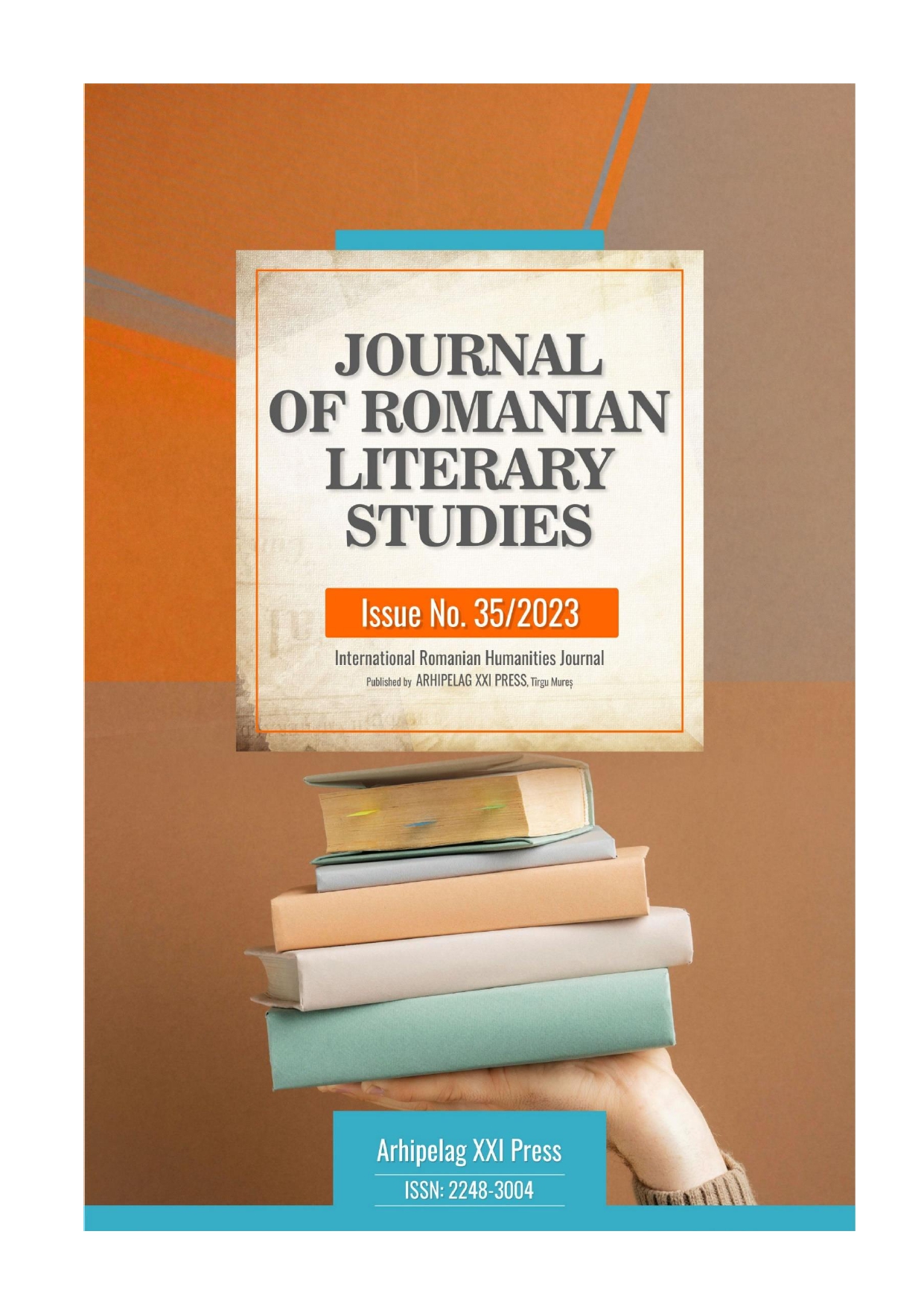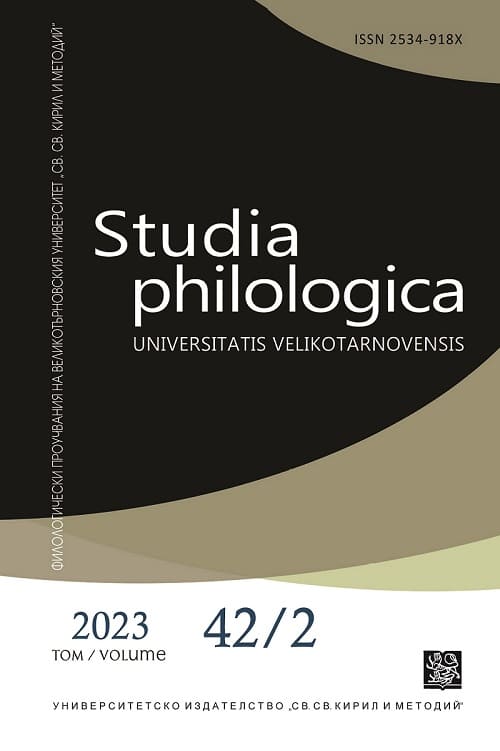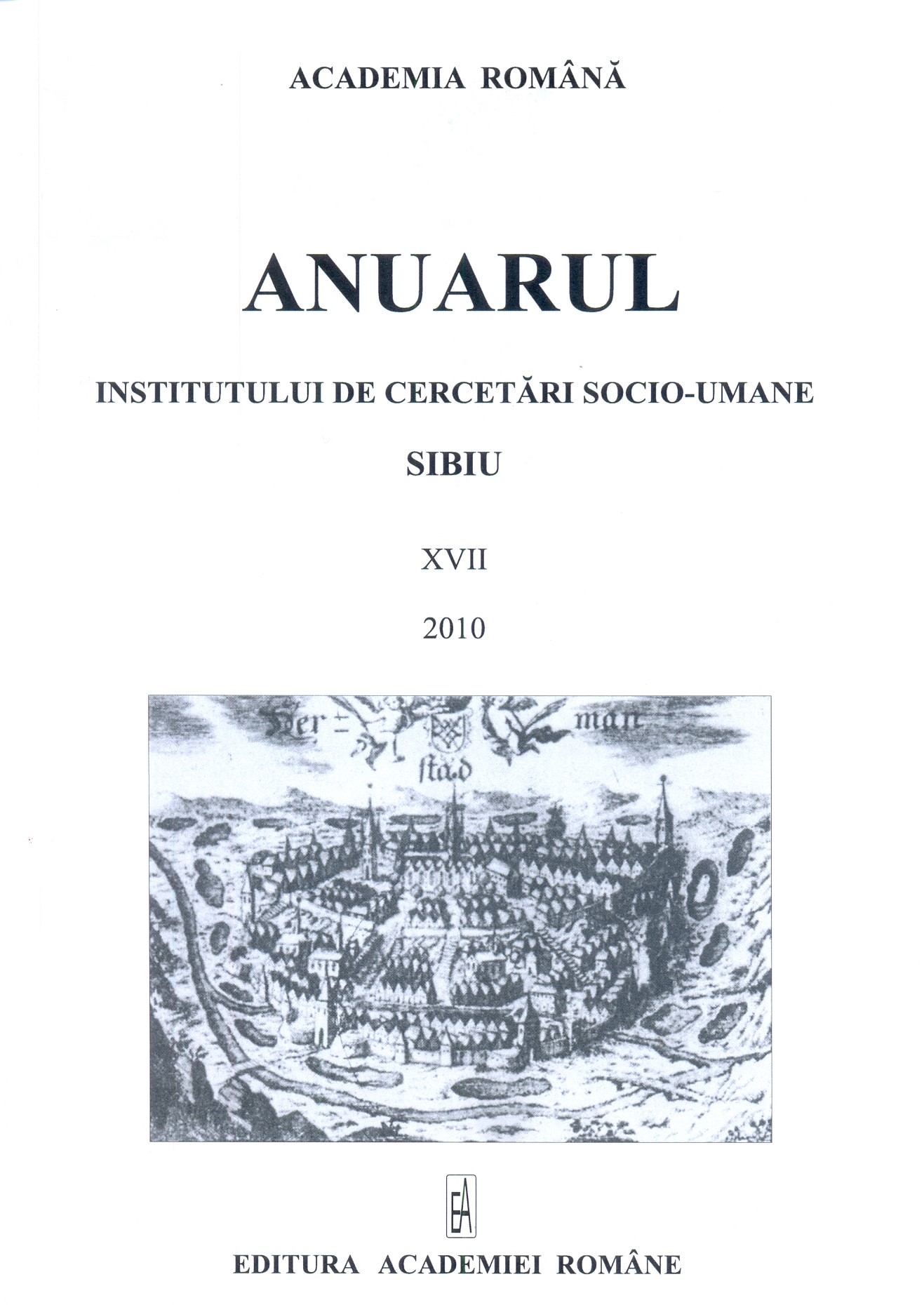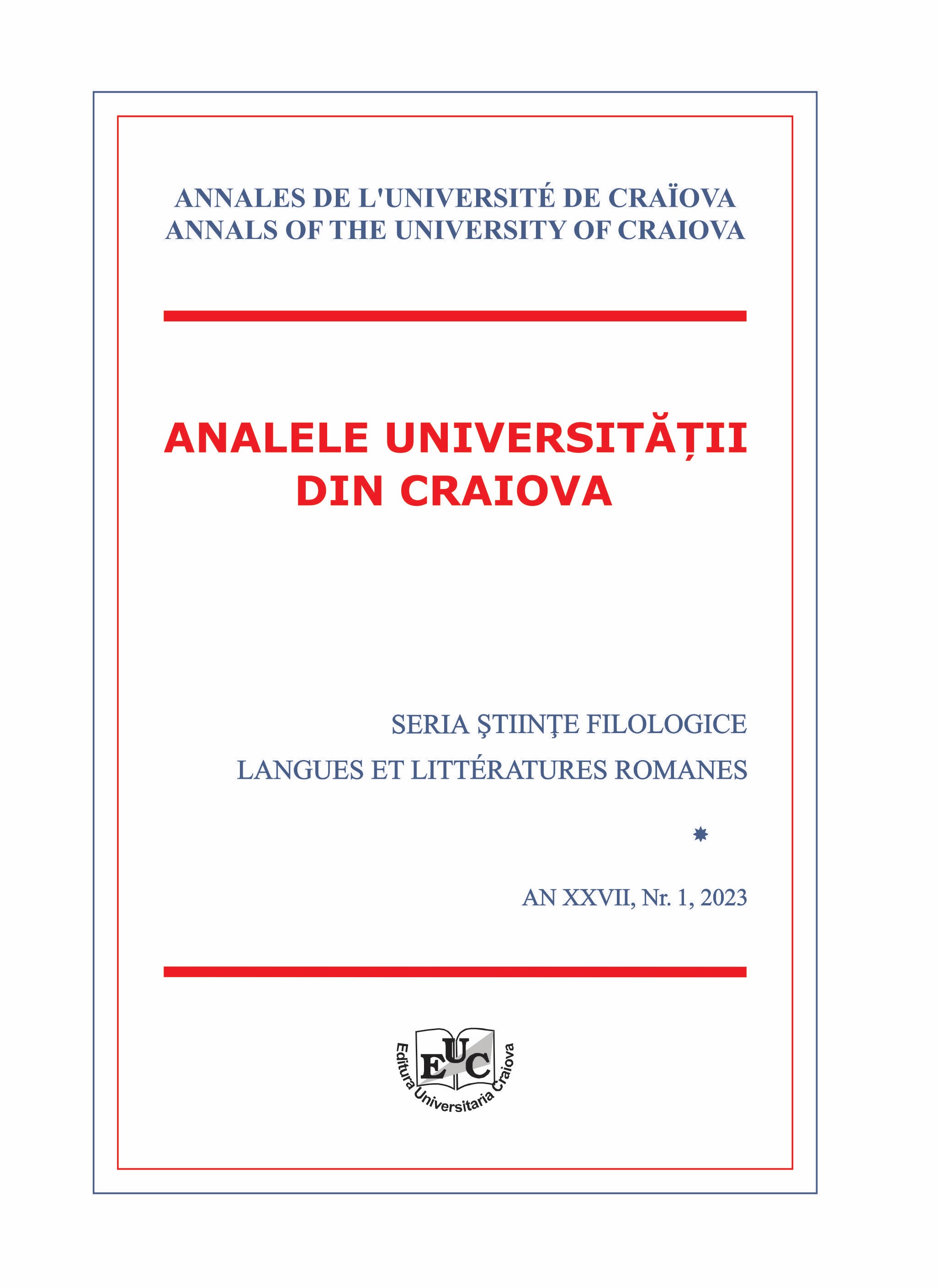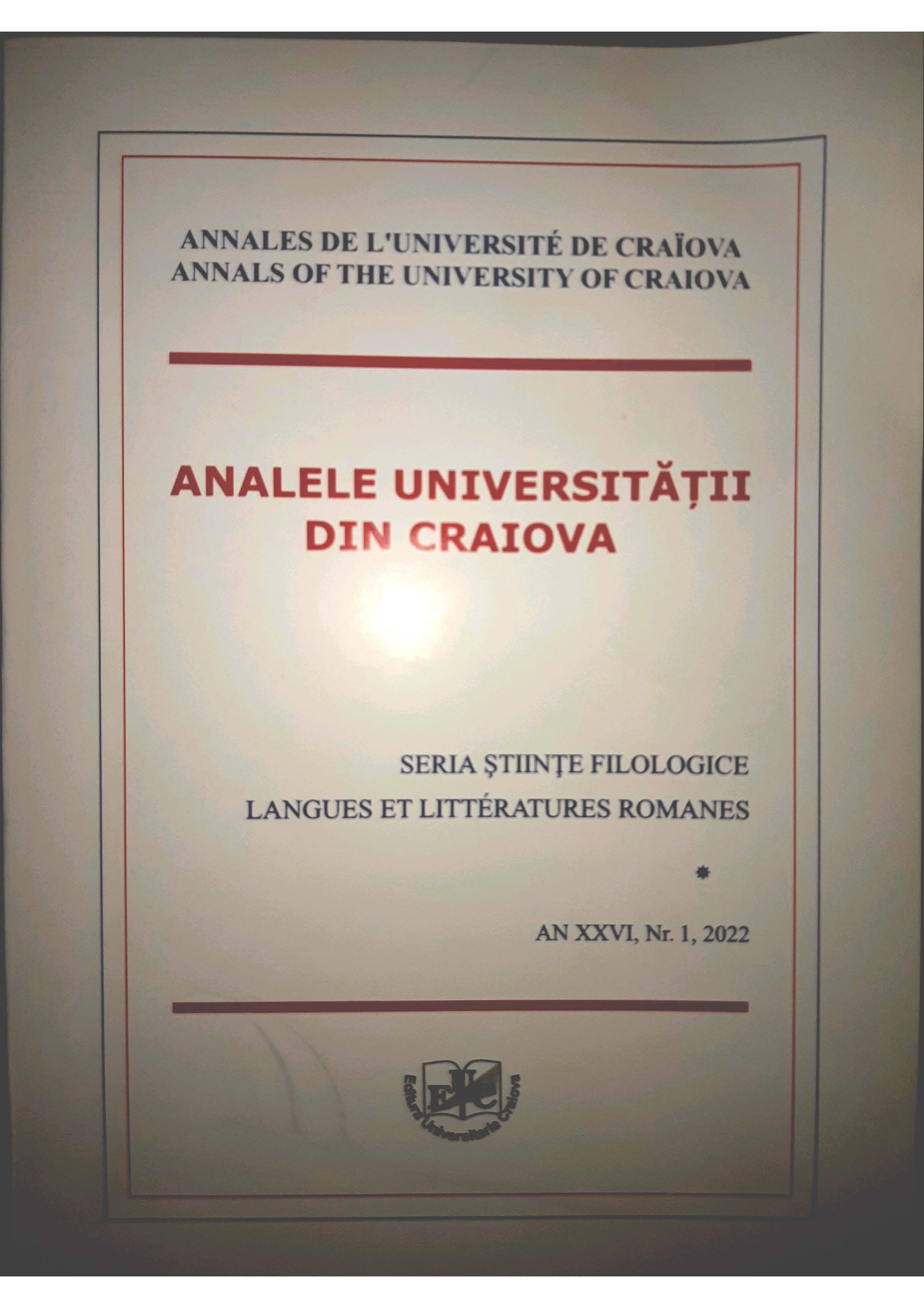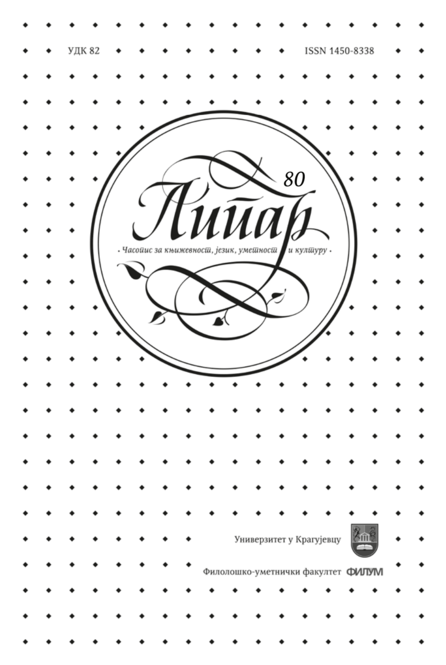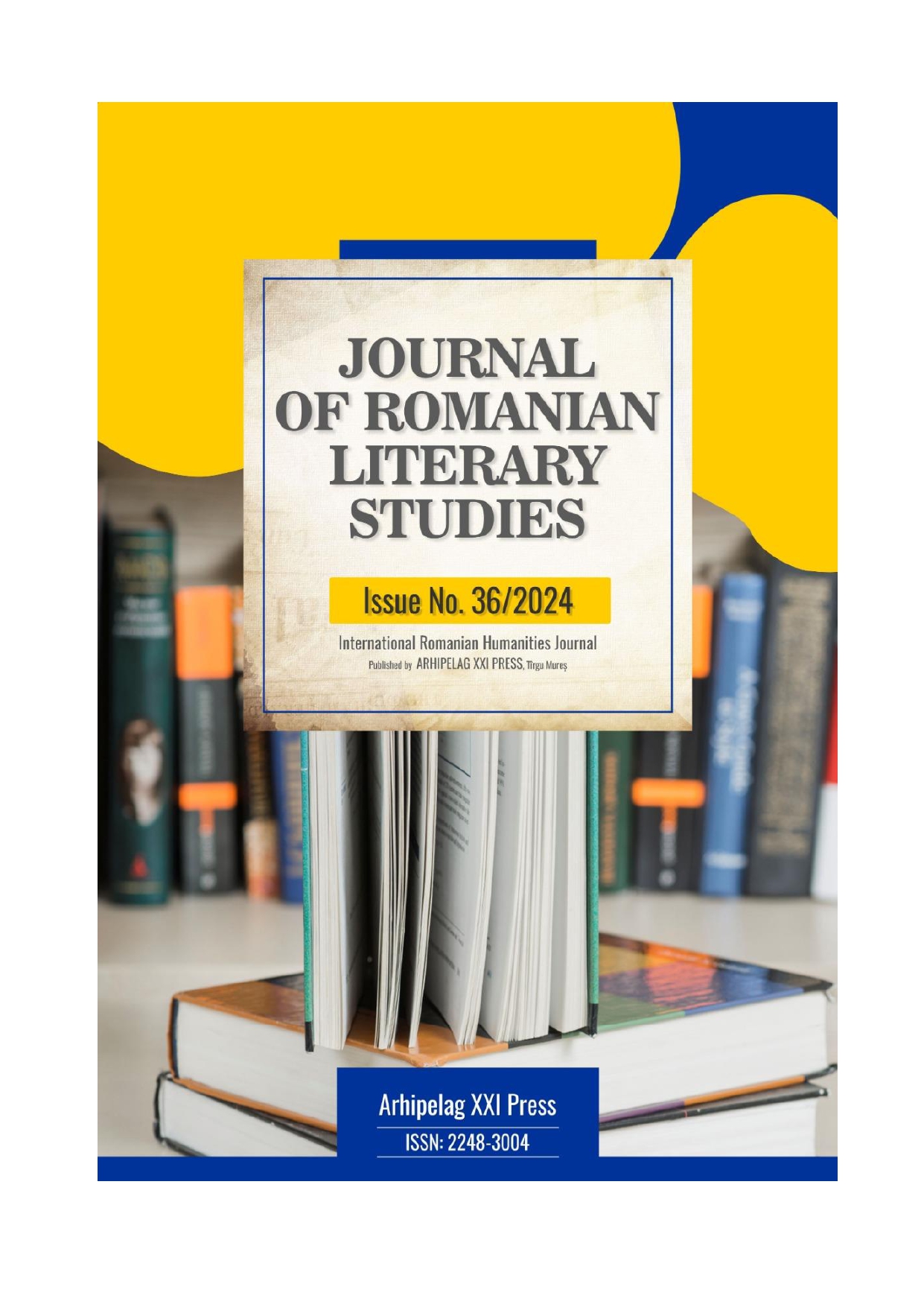Author(s): Vasile Ciobanu,Gabriela PANŢEL CENUŞER,Maria Spătariu,Victor V. Grecu,Anda-Lucia Spânu / Language(s): Romanian
Issue: 17/2010
Review of:
ERWIN KESSLER (editor), RUXANDRA DREPTU, GHEORGHE VIDA, MARIANA VIDA, IOANA VLASIU; Culorile avangardei. Arta în România 1910–1950/Die Farben der Avantgarde. Rumanische Kunst 1910–1950/Colours of the Avantgarde. Romanian Art 1910–1950, Institutul Cultural Român, Muzeul Brukental, Sibiu, 2007 (catalog de expoziţie), 285 pagini, numeroase reproduceri color
IONEL IONIŢĂ, Muzee memoriale şi colecţii bucureştene în perioada 1945–2000, Editura Domini Serv, Bucureşti, 2009, 224 p., 71 ilustraţii în text
TEODOR ARDELEAN, Limba română şi cultivarea ei în preocupările ASTREI, Cluj-Napoca, Editura Limes, 2009, 282 p.
ADELA BRADEA, Dorul. Configuraţii semantico-stilistice în poezia românească, Editura Risoprint, Cluj-Napoca, 2009, 209 p.
IOSIF MARIN BALOG, Dilemele modernităţii. Economie şi societate în Transilvania 1850–1875, Cluj-Napoca, International Book Acces, 2007, 360 p.
Patrimoniul cultural imaterial din România. Repertoriu I, Bucureşti, IMC – Institutul de Memorie Culturală, 2009
ILIE MOISE, Oamenii şi locurile Albei - ipostaze afective – Editura Buna Vestire, Blaj, 2009, 268 p.
CRISTIAN PĂUNESCU, MIHAELA ŢONE, NADIA MANEA, Istoria Băncii Naţionale a României în date, vol. II, 1915–1918. Cuvânt înainte acad. Mugur Isărescu, Editura Oscar Print, Bucureşti, 2009, 688 p.
GUDRUN-LIANE ITTU, Tradiţie, modernitate şi avangardă în arta plastică a germanilor din Transilvania, la sfârşitul secolului al XIX-lea şi începutul secolului XX, reflectate în publicaţii, Editura Academiei Române, Bucureşti, 2008, 290 [292] p.+20 p. il.
More...
